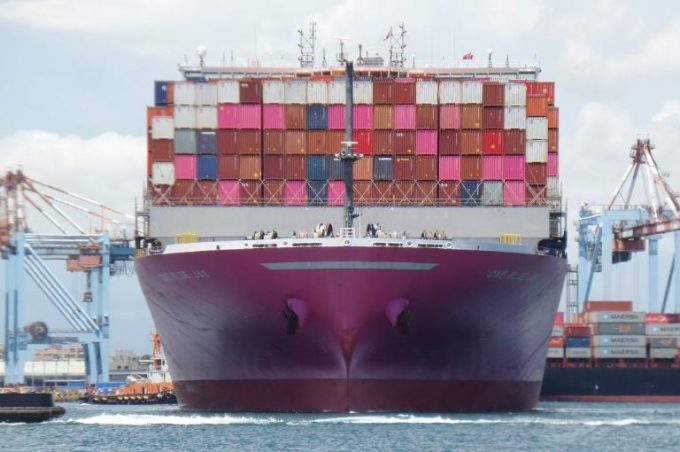Two winners from the Red Sea crisis: the shipping lines and Houthis
“Vessels ‘go dark’ to avoid Houthi attacks,” blared headlines as 2024 kicked in, and commercial ...

Non-operating containership owners (NOOs) are locking-in every vessel with an expiring charter in their fleet to new or extended multi-year fixtures at substantially higher daily rates.
Ocean carriers are being obliged to pay three or four times more for a charter extension, and for much longer periods.
Greek NOO Danaos Corporation said it had entered into new charter agreements for periods of three to four years for ten, of its 71 vessels, that have charters due to expire next year.
Having achieved 100% ...
'Disastrous' DSV-Schenker merger would 'disrupt European haulage market'
'Chaos after chaos' coming from de minimis changes and more tariffs
List of blanked transpac sailings grows as trade war heats up and demand cools
Shippers in Asia restart ocean shipment bookings – but not from China
Forto 'sharpens commercial priorities' as it lays off one-third of staff
India withdraws access for Bangladesh transhipments, in 'very harmful' decision
'Tariff hell' leaves industries in limbo – 'not a great environment to plan'
Temporary tariff relief brings on early transpacific peak season
Pre-tariff rush of goods from US to China sees air rates soar, but not for long
De minimis-induced ecommerce demand slump could cripple freighter operators
Asian exporters scramble for ships and boxes to beat 90-day tariff pause
Forwarders 'allowing the fox into the chicken run' by supporting 'hungry' carriers
Hapag 'took the bigger risk' when it signed up to Gemini, says Maersk
'Restoring America's maritime dominance' – stop laughing at the back of the class
Navigating tariffs: 'like trying to solve a Rubik's cube while colour-blind'

Comment on this article